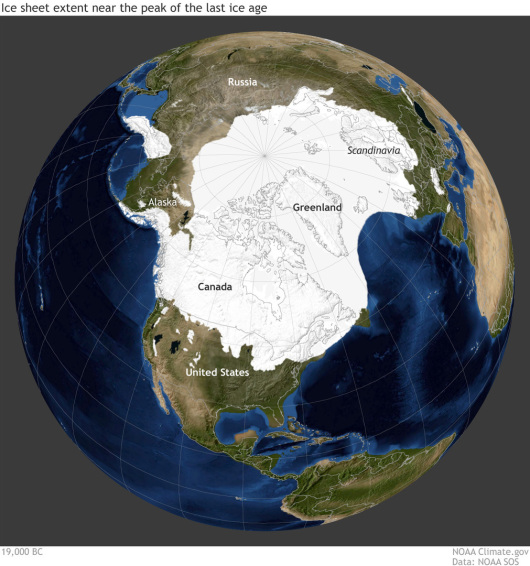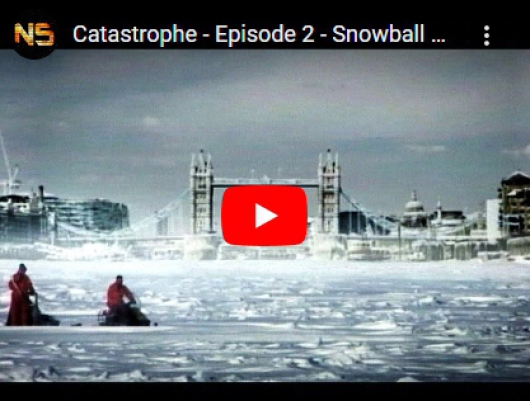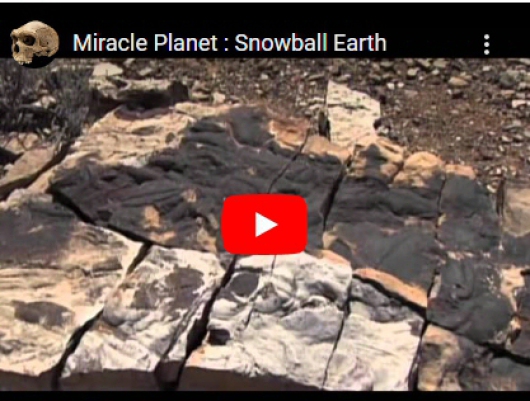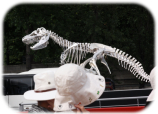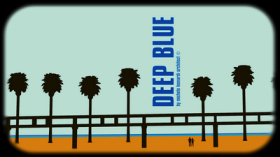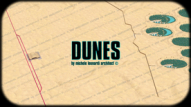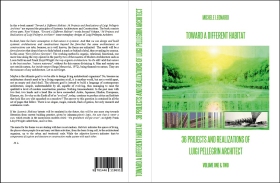Ice Ages
and Interglacials
"The Greenhouse Effect? Is it delaying the next Ice Age":
Press release by C.N.R.-Italy, June 5, 2015, text in Italian.
"Carbon emissions postpone ice age":
"Critical insolation-CO2 relation for diagnosing past
and future glacial inception":
Nature Vol. 529, January 2016.
"Scientists say human greenhouse gas emissions
have canceled the next ice age":
The Washington Post, January 13, 2016.
"Global Warming vs. the Next Ice Age":
MIT Technology Review, December 21, 2009.
The last Ice Age maximum, image by courtesy of NOAA Climate.gov.
Catastrophe, Episode 2: "Snowball Earth"
Naked Science, 2014
Miracle Planet: "Snowball Earth"
Ice Age Meltdown
National Geographic: Naked Science, 2019
BOOKS
Bill McGuire: "A Guide to the End of the World: Everything You Never Wanted to Know", Oxford University Press, 2004.
Thousands of people die every year from floods, volcanic eruptions, earthquakes, hurricanes and typhoons. Yet compared to what the Earth endured in prehistoric times-lethal volcanic winters, deadly asteroid collisions-our civilization has developed against a backdrop of relative geological calm. Will this calm last? A Brief Guide to the End of the World looks at the frightful prospects that await us in the 21st century and beyond. Bill McGuire, a leading expert in the field of geological hazards, admits that the omens are less than encouraging. Only 10,000 years after the last Ice Age, the Earth is sweltering in some of the highest temperatures it has ever seen. Overpopulation and the relentless exploitation of natural resources, combined with rising temperatures and sea levels induced by greenhouse gases, are increasing the likelihood of natural catastrophes, from continuing El Ninos, to large-scale glacial melting, to mega-tsunami. Even more disturbing is the near certainty that we are headed toward another asteroid or comet collision on the scale of the one that wiped out the dinosaurs. In this provocative and immensely readable guidebook, McGuire discusses when these catastrophic events are likely to take place, how they will effect our global society, and what we can do to increase our chances of survival--from emissions reductions, to massive geo-engineering schemes, to the colonization of space. Illustrated with photographs and diagrams, and backed by meticulous research. A Brief Guide to the End of the World sheds new light on the extraordinarily vulnerability of our planet, and on our capacity to withstand the dramatic changes Mother Nature has in store for us in the distant, or not so distant, future.
James Lovelock: "Gaia. A new look at life on Earth", Oxford University, U.K., 1979.
In this classic work that continues to inspire its many readers, James Lovelock deftly explains his idea that life on earth functions as a single organism. Written for the non-scientist, Gaia is a journey through time and space in search of evidence with which to support a new and radically different model of our planet. In contrast to conventional belief that living matter is passive in the face of threats to its existence, the book explores the hypothesis that the earth's living matter-air, ocean, and land surfaces-forms a complex system that has the capacity to keep the Earth a fit place for life. Since Gaia was first published, many of Jim Lovelock's predictions have come true, and his theory has become a hotly argued topic in scientific circles. Here, in a new Preface, Lovelock outlines his present state of the debate.
Graham Hancock: "Underworld: The Mysterious Origins of Civilization", Crown; First Edition edition (October 15, 2002), 2002.
From Graham Hancock,
bestselling author of Fingerprints of the Gods, comes a mesmerizing book that takes us on a captivating underwater voyage to find the ruins of a lost civilization that’s been hidden for
thousands of years beneath the world’s oceans.
While Graham Hancock is no stranger to stirring up heated controversy among scientific experts, his books and television documentaries have intrigued millions of people around the world and
influenced many to rethink their views about the origins of human civilization. Now he returns with an explosive new work of archaeological detection. In Underworld, Hancock continues his remarkable
quest underwater, where, according to almost a thousand ancient myths from every part of the globe, the ruins of a lost civilization, obliterated in a universal flood, are to be found.
Guided by cutting-edge science and the latest archaeological scholarship, Hancock begins his mission to discover the truth about these myths and examines the mystery at the end of the last Ice Age.
As the glaciers melted between 17,000 and 7,000 years ago, sea levels rose and more than 15 million square miles of habitable land were submerged underwater, resulting in a radical change to the
Earth’s shape and the conditions in which people could live. Using the latest computer techniques to map the world’s changing coastlines, Hancock finds astonishing correspondences with the ancient
flood myths.
Filled with thrilling accounts of his own participation in dives off the coast of Japan, as well as in the Mediterranean, the Atlantic, and the Arabian Sea, we watch as Hancock discovers underwater
ruins exactly where the myths say they should be―sunken kingdoms that archaeologists never thought existed. Fans of Hancock’s previous adventures will find themselves immersed in Underworld, a
provocative book that provides both compelling hard evidence for a fascinating, forgotten episode in human history and a completely new explanation for the origins of civilization as we know
it.
Flavio Barbiero and Dermot Cool: "A Frozen Civilisation: Atlantis in Antarctica", 387 pgg, Editrice Nord, First Edition, in Italian, 1977; e-Book, English Edition.
The legend of the lost civilization of Atlantis was first revealed to the world by Plato, who in two of his famed Dialogues, the "Timaeus" and the "Critias", brought forth a wealth of scientific, geographic and religious information of surprising accuracy. However, no proof has come to light that an advanced civilization ever existed in Paleolithic times (12,000 b.C.); no remains have ever been discovered of the great city Plato described; above all, no one has ever been able to give a logical and acceptable explanation of the phenomenon of glaciation, nor of the Great Flood, nor of the complete disappearance of numerous species of fauna. Many populations both of the Old and New Worlds speak of a "Universal Flood" and that the memory of that appalling tragedy has been handed down in the legends of populations as widely separated as the Mayas and the Eskimos, the Hebrews and the Indonesians. The author of this book, a young engineer with an extremely wide scientific background and a senior officer in the Italian Navy, has s adopted a completely scientifically controlled approach which leaves nothing to chance, any doubts created by deduction being resolved by modern scientific methods. The validity of his method lies in the fact that nothing in Plato's "Dialogues" has been distorted to fit the author's thesis; everything had to be scientifically proven or nothing could be accepted. The first thing Plato affirms is that Atlantis disappeared overnight through the action of a tremendous earthquake and floods as high as mountains. What phenomenon could have caused such a situation within the space of a few days, if not within hours? Barbiero answer is: a SUDDEN displacement of the Earth's axis. How is it possible? As an engineer, he knows that free liquid surfaces are a factor of instability, therefore Earth, which is covered for two thirds by deep oceans, is a inherently unstable planet: a “kick” is enough to trigger a process at the end of which the equatorial bulges are “reshaped” and therefore the poles shifted. Barbiero with a rigorous mathematical analysis demonstrates that the impact of a one-kilometer asteroid or of a comet can provide such a “kick”. Well, about twelve thousand years ago - that is the figure indicated by Plato - the Earth was hit by an asteroid or a comet, as it is demonstrated by geological evidence and by the better known legends of many races. It is therefore evident that in those times Earth's climate was profoundly different and in many regions now ice-covered, or at least with very low temperatures - the Antarctic and Siberia, for instance - there was once an eternally spring-like climate with biosystems widely different from those of today. Barbiero puts forward the theory that the ancient Atlantean empire had its location in the Antarctic, to be precise in the region washed by the Weddell Sea. This breathtaking hypothesis needs time to be assimilated, mainly because no one seems to have thought of it before, also it is the farthest removed from the ideas of all the other researchers. In order to arrive at this surprising conclusion, Barbiero has closely examined all the data and the measurements given by Plato and has subjected them to a very rigid criticism and a tight check. Nothing has escaped his scrutiny and the entire book is an admirable synthesis of the results obtained by research in the most widely diverging sciences, from Astronomy to Oceanography, from Cartography to Anthropology, Geology, Zoology, etc. It is surprising that one man alone has been able to delve into so many fields of human knowledge: this fact alone proves how seriously he prepared himself for the work which brought him to the conclusion referred to above.
Prof. Silvio Zavatti (director of the Polar Institute)
Wikipedia: Interglacial periods.

